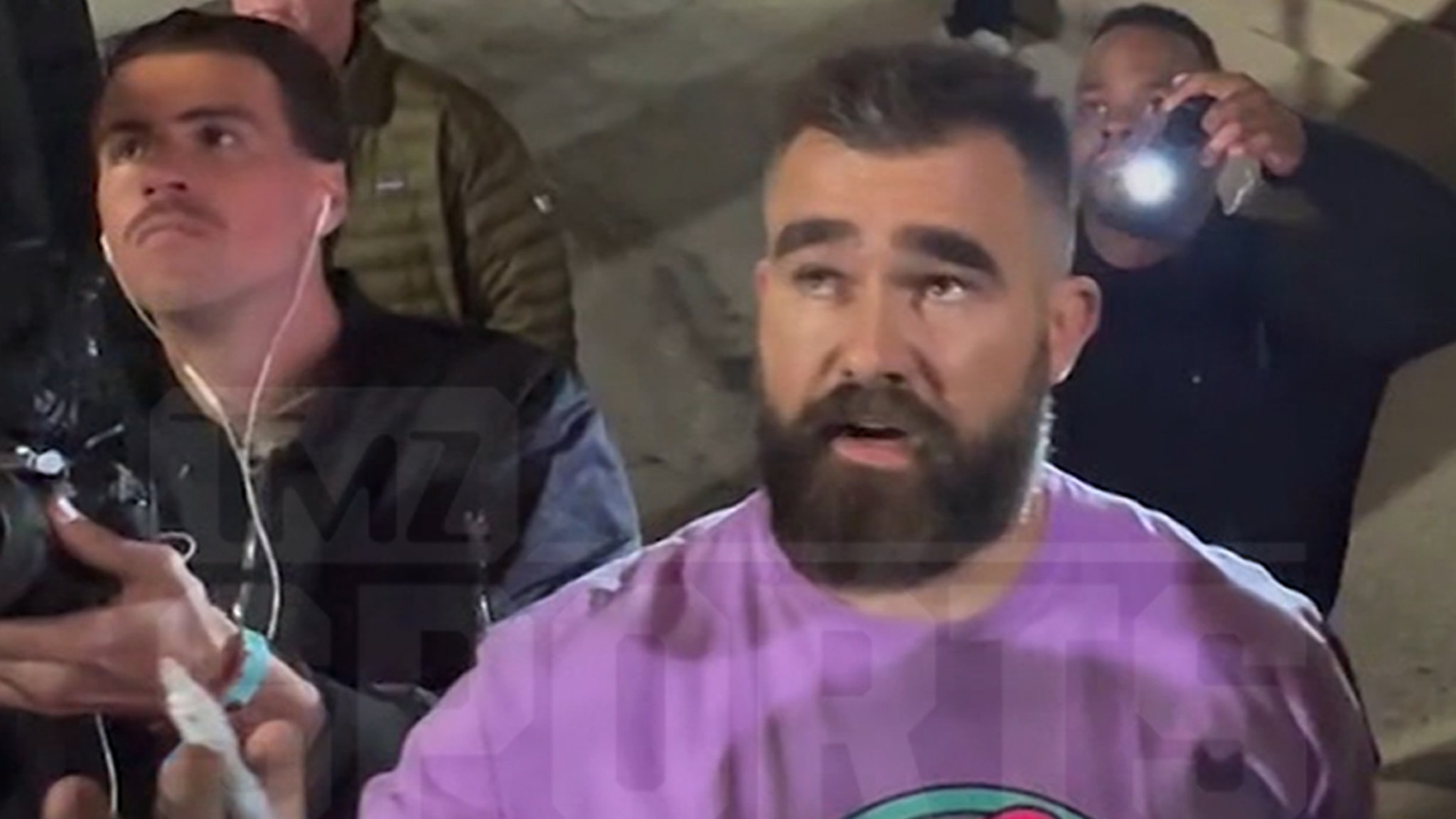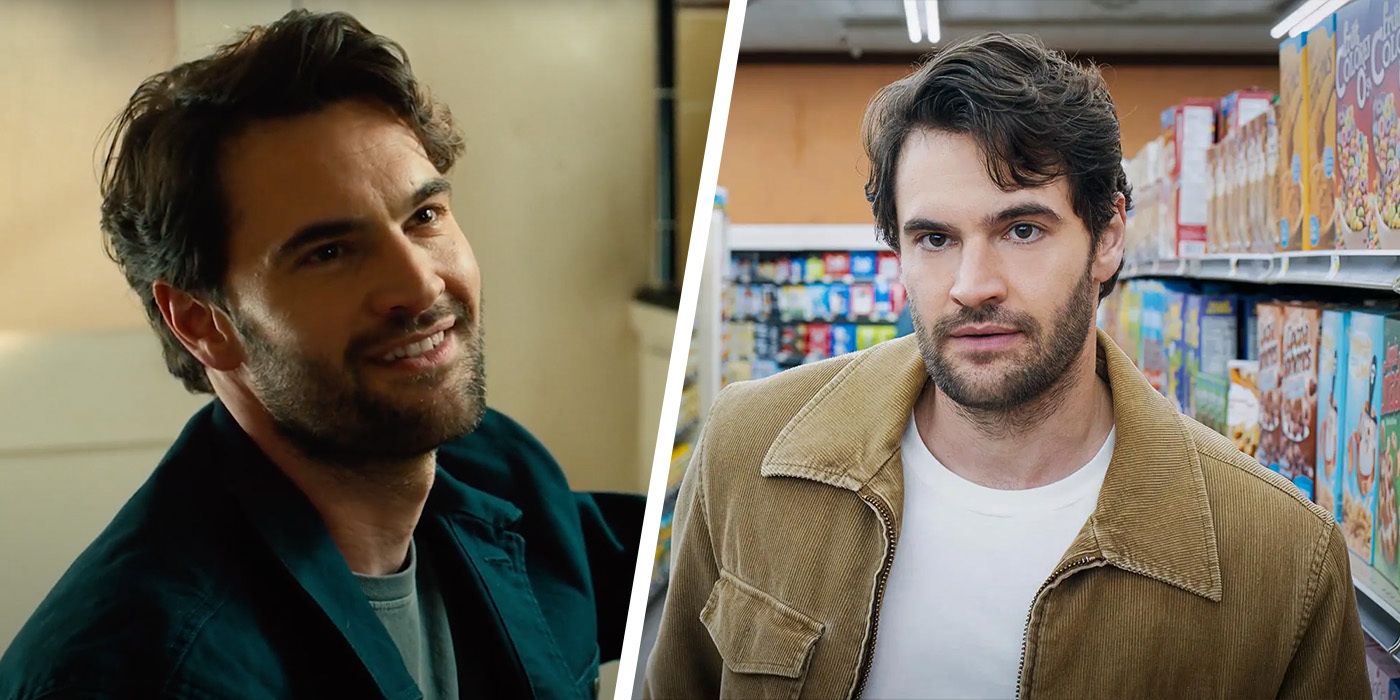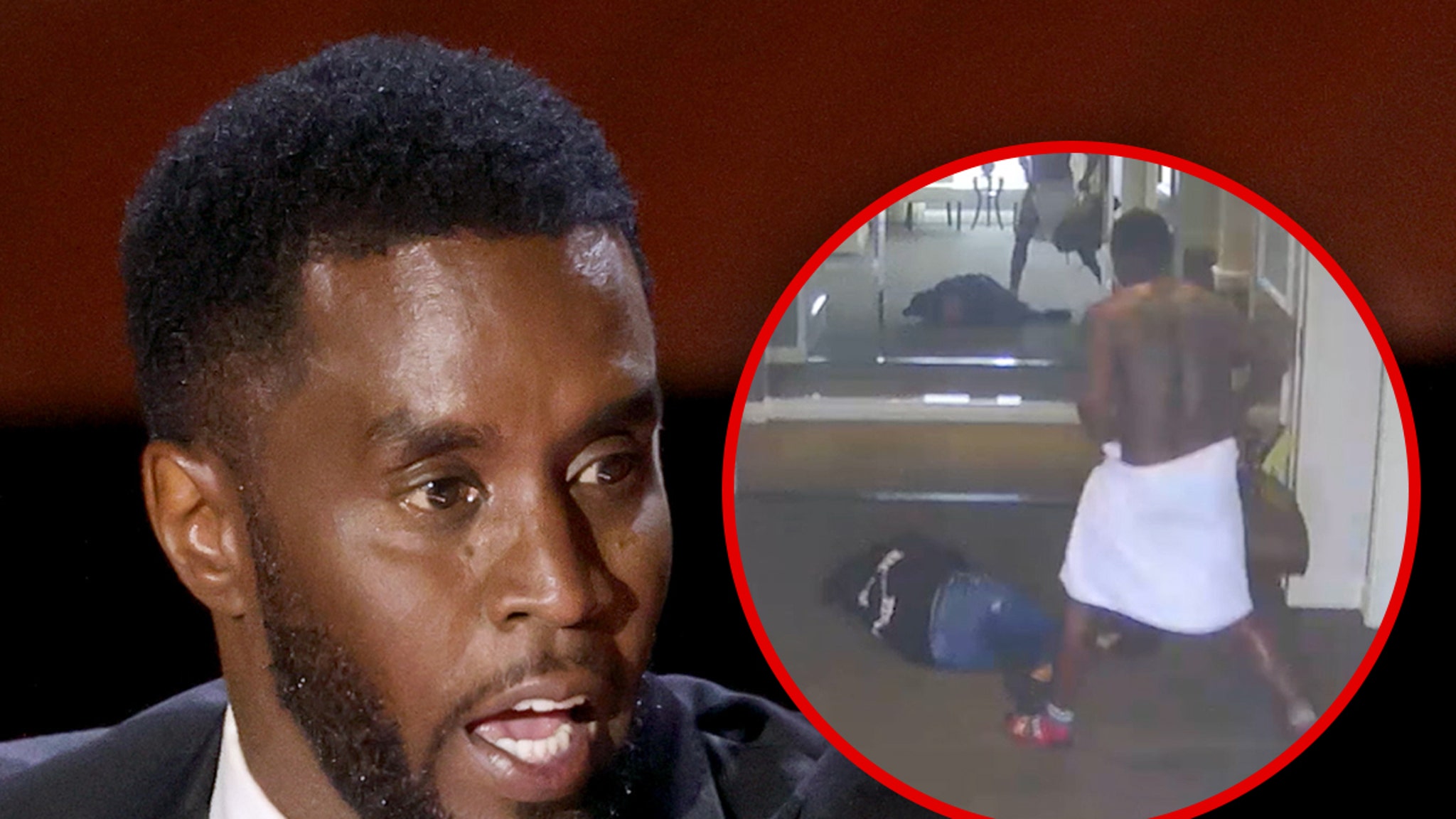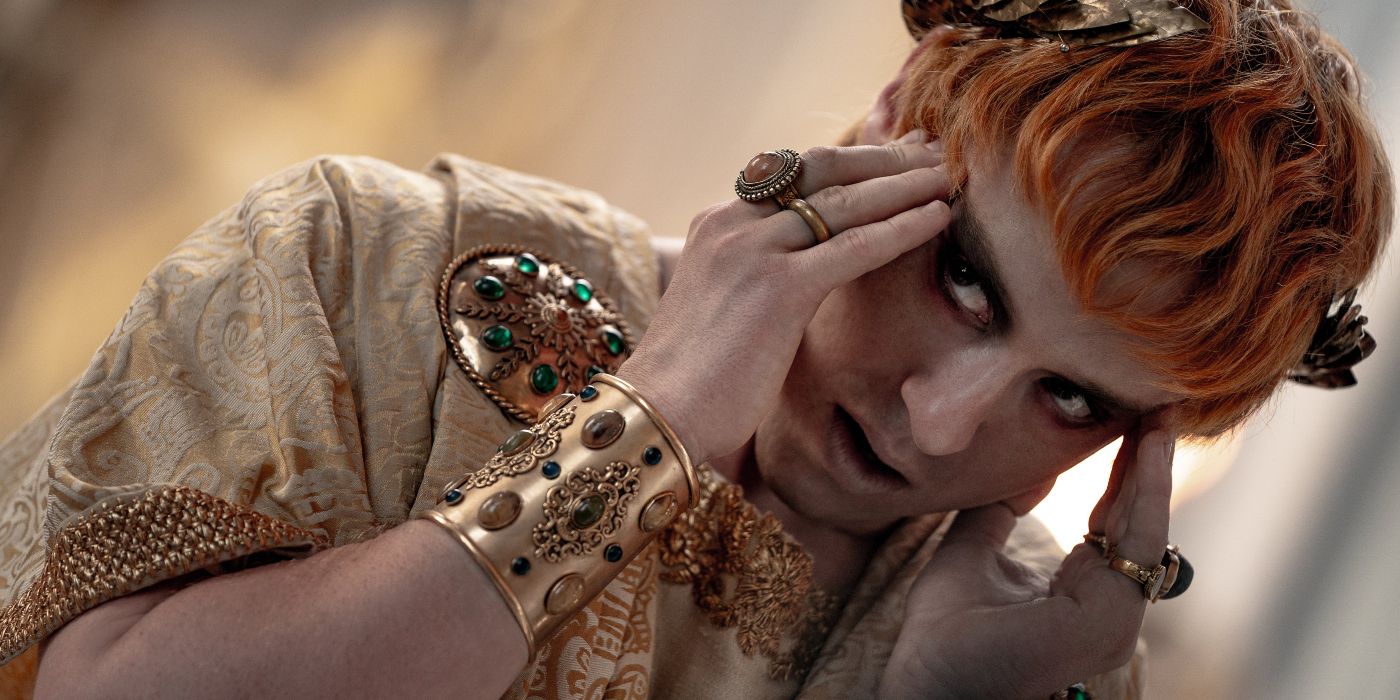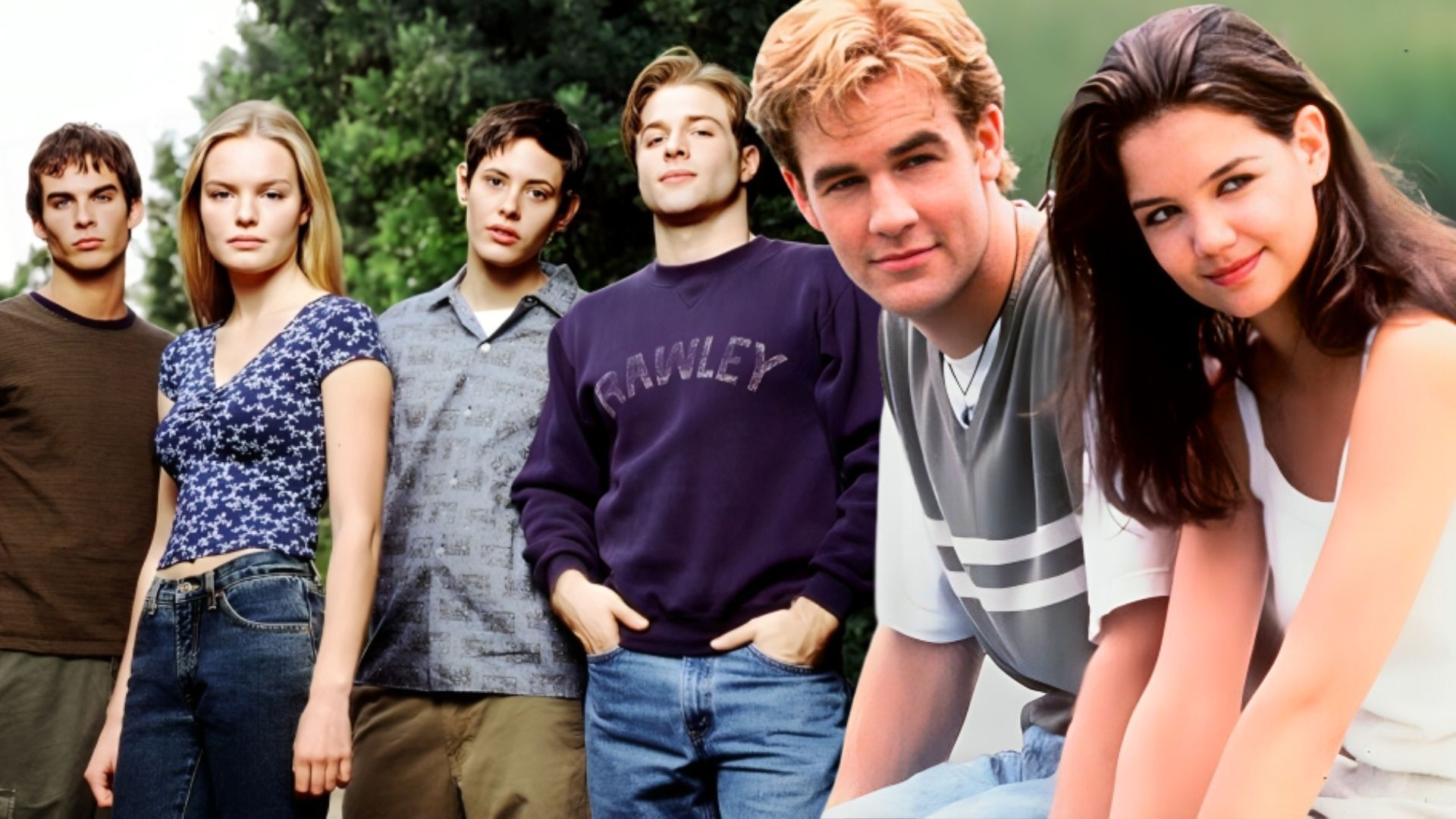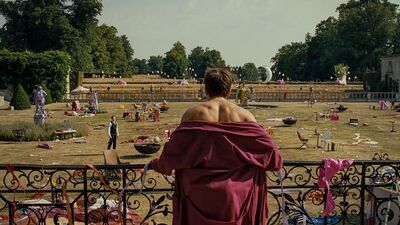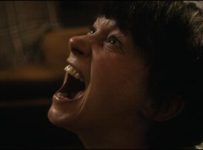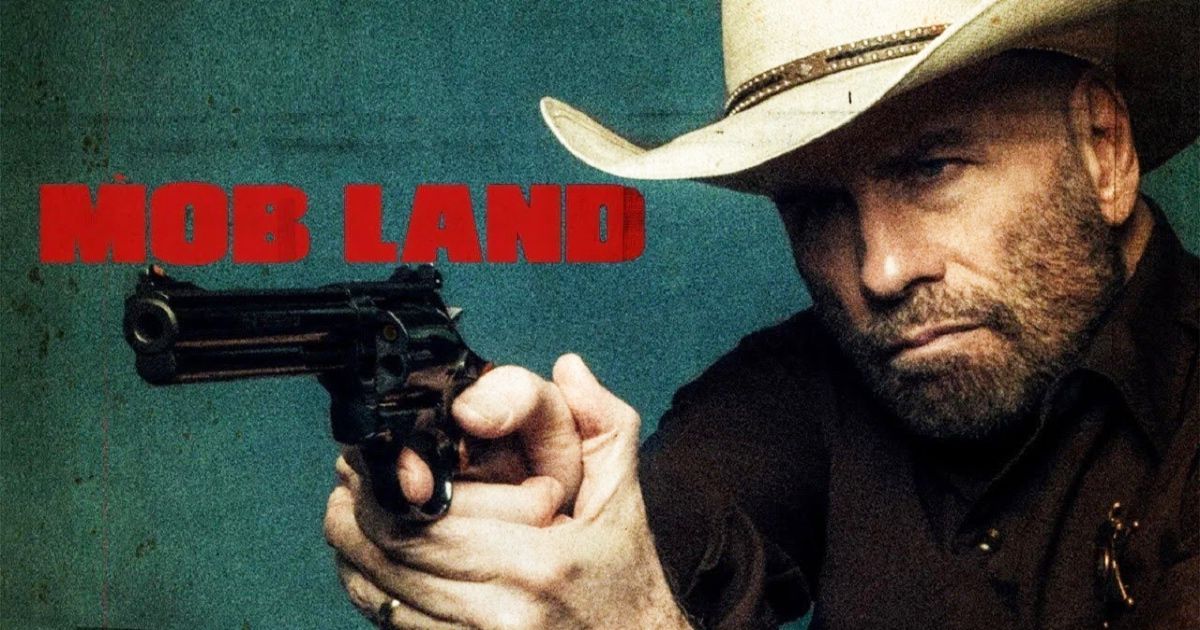Warner Bros. Animation hearkens back to the Golden Age of Comics with the thrilling Justice Society: World War II It’s a retro adventure with a modern twist that brings the Flash, and his time-traveling abilities, again to the forefront as the lead character. Classic heroes battle evil Nazis with a few engaging plot twists along the way. Which may hopefully open the door to further adventures of this old school team. The script, character development, and ass-kicking action scenes make this latest installment a fantastic entry in the DC Universe’s Animated Original Movies.
At the dawn of World War II, President Roosevelt realizes that the Nazi threat is becoming insurmountable. He’s introduced to Wonder Woman (Stana Katic) by Colonel Steve Trevor (Chris Diamantopoulos). The Amazon Princess understands the Germans must be defeated. They recruit Black Canary (Elysia Rotaru), Hawkman (Omid Abtahi), Hourman (Matthew Mercer), and Jay Garrick aka the Flash (Armen Taylor) to the cause. But two long and bloody years later, the branded Justice Society of America has made little headway in Europe.
In the present, Barry Allen (Matt Bomer) takes his longtime girlfriend, Iris West (Ashleigh LaThrop), on a picnic in Metropolis. She understands his duties as a hero, but is tired of hiding their relationship. When Barry is called into action as the Flash, an unforeseen event forces him back in time. He’s led to a specific point by a mysterious voice and symbol of fate. Barry arrives to see the Justice Society trying to save a village. They don’t know what to make of this stranger from the future. Even more disturbing, Barry doesn’t understand why he’s never heard of the Justice Society. The United States government has gone to great lengths to conceal the identities and accomplishments of the team.
Justice Society: World War II draws some parallels to the much darker Justice League: The Flashpoint Paradox. The difference here is that Barry Allen has no idea how he time-traveled or the existence of the Speed Force. The subplot of he and Jay Garrick learning from each other is a highlight. The discovery of their powers’ true nature adds a vital element to the narrative. The film serves as a different origin story for new and established characters. Fans will get a kick seeing Hourman and other lesser known superheroes in action.
Wonder Woman is a strong leader with an unwavering commitment to the fight. Her romance with Steve Trevor plays a big part in the plot’s development. It’s admittedly hokey and predictable, but is quite relevant to the time period and the team’s dynamic. The script by Jeremy Adams and Meghan Fitzmartin is thoughtful. The Justice Society has an all-encompassing and ruthless enemy, but have their individual issues to work through. Every member has to face the consequences of their decisions.
There’s a whole lot to like and not much to complain about this film. The thirties and forties animation style serves the plot well. The villains are maliciously drawn with scowling, sourpuss faces. There’s action and violence galore, but not bloody or overly graphic. The PG-13 rating is a stretch. Justice Society: World War II is a stand-alone story. It shouldn’t be. These characters and settings warrant further exploration. Justice Society: World War II is a production of Warner Bros. Animation and DC Entertainment. It’s currently available for digital download with a DVD/Blu-ray release on May 11th.
The views and opinions expressed in this article are those of the author and do not necessarily reflect the official policy or position of Movieweb.
You can view the original article HERE.
